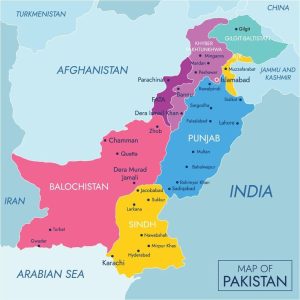
Location of Pakistan
Pakistan is located in South Asia, at a strategic crossroads between Central Asia, the Middle East, and the Indian subcontinent. Here’s a breakdown of its location:
Geographical Coordinates:
Latitude: Between 23°35′ N to 37°05′ N
Longitude: Between 60°50′ E to 77°00′ E
Bordering Countries:
-India: To the east, Pakistan shares a long border with India (the Radcliffe Line), which runs approximately 3,323 kilometers (2,065 miles).
-Afghanistan: To the west, Pakistan shares a rugged, mountainous border with Afghanistan that is about 2,670 kilometers (1,660 miles) long, known as the Durand Line.
Iran: To the southwest, Pakistan has a 959-kilometer (596-mile) border with Iran.
China: To the north, Pakistan shares a 523-kilometer (325-mile) border with China in the Gilgit-Baltistan region, connecting via the Khunjerab Pass.
Coastline:
Pakistan has a coastline along the Arabian Sea to the south, stretching approximately 1,046 kilometers (650 miles), with key port cities like Karachi and Gwadar
Nearby Water Bodies
Arabian Sea Lies to the south of Pakistan, providing access to maritime routes and strategic ports.
Indus River: Runs from the northern regions to the south, where it empties into the Arabian Sea.
Location:
South Asia: Pakistan is considered part of South Asia and plays a central role in the region’s geopolitics.
Proximity to Middle East and Central Asia: Pakistan’s western borders bring it close to Central Asia and the Middle East, making it a key player in trade and energy routes.
Notable Cities:
Islamabad (capital) is in the northern part of the country.
Karachi (the largest city and economic hub) is in the south along the coast.
Lahore (cultural capital) is in the eastern region near the border with India.
In summary, Pakistan’s strategic location connects it to several important regions, including South Asia, Central Asia, and the Middle East, while its access to the Arabian Sea gives it an important maritime presence.
Famous Cities of Pakistan
Pakistan is home to several famous cities, each with its own unique culture, history, and significance. Here are some of the most notable ones:
Islamabad:
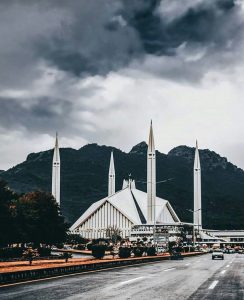
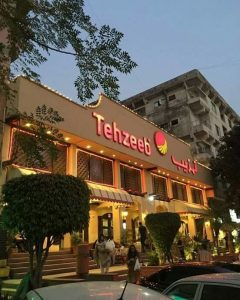
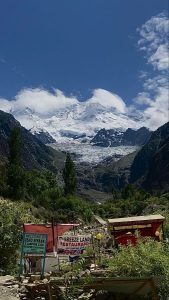
Capital City: Islamabad is the capital of Pakistan and is known for its modern architecture, cleanliness, and green spaces.
Key Attractions:
Faisal Mosque: One of the largest mosques in the world.
Daman-e-Koh: A scenic viewpoint overlooking the city.
Pakistan Monument: A national symbol representing the country’s four provinces.
Significance: It serves as the political and administrative center of Pakistan, with numerous government buildings and embassies.
Karachi
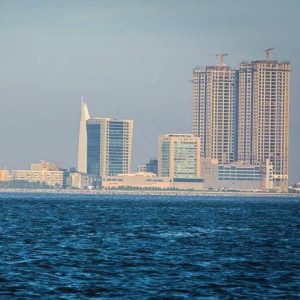
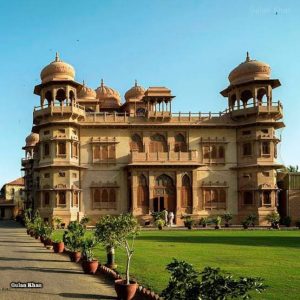
![]()
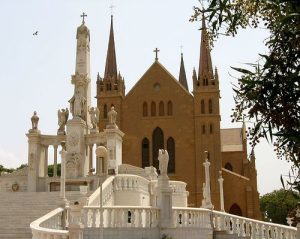
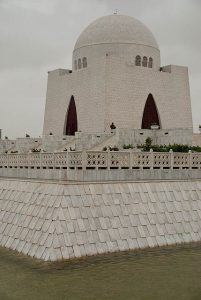
Largest City and Economic Hub: Karachi is the largest city in Pakistan, with a population of over 15 million. It’s the financial capital and a major port city on the Arabian Sea.
Key Attractions:
Clifton Beach and Manora Island for coastal experiences.
Quaid-e-Azam’s Mausoleum: The final resting place of Pakistan’s founder, Muhammad Ali Jinnah.
Pakistan Stock Exchange.
Significance: Karachi is the heart of Pakistan’s economy and industry, hosting its busiest ports, largest airports, and major industries.
Lahore
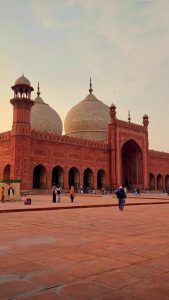
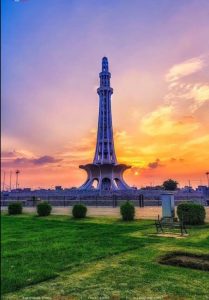
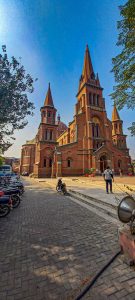
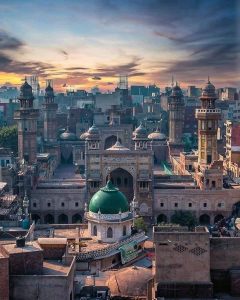
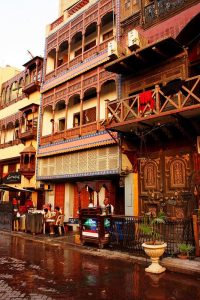
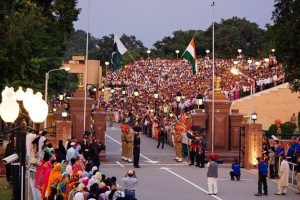
Cultural Capital: Lahore, the capital of Punjab province, is known as the cultural, historical, and artistic hub of Pakistan.
Key Attractions:
Badshahi Mosque: One of the largest mosques in the world.
Lahore Fort and Shalimar Gardens: UNESCO World Heritage Sites.
Minar-e-Pakistan: Symbolizing Pakistan’s independence.
Walled City of Lahore: Historic streets, food, and bazaars.
Significance: Lahore has deep historical roots, being an important center during Mughal rule. It is also renowned for its educational institutions, arts, and cuisine.
Peshawar
Ancient City: Peshawar, the capital of Khyber Pakhtunkhwa, is one of the oldest cities in South Asia, with a rich history that dates back over 2,000 years.
Key Attractions:
Bala Hissar Fort.
Qissa Khwani Bazaar (Storytellers’ Bazaar).
Jamrud Fort and the Khyber Pass, a historic trade route.
Significance: Peshawar has served as a key cultural and commercial gateway to Central Asia, blending Pashtun culture with Afghan influences.
Quetta
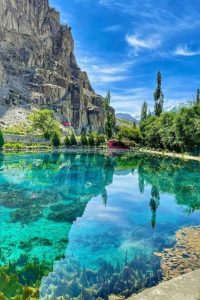
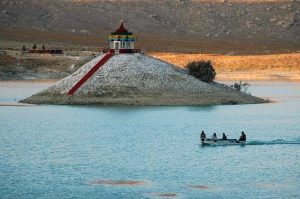
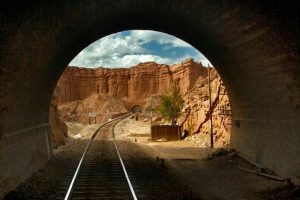
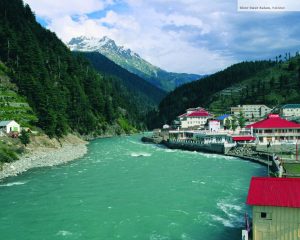
Gateway to the West: Quetta is the capital of Balochistan province and is known for its dramatic landscape, surrounded by mountains.
Key Attractions:
Hanna Lake and Ziarat for natural beauty.
Quaid-e-Azam Residency in Ziarat.
Significance: Quetta is an important trade and transportation hub, connecting Pakistan to Afghanistan and Iran.
Multan
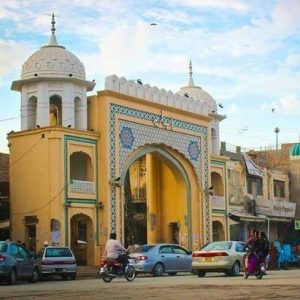
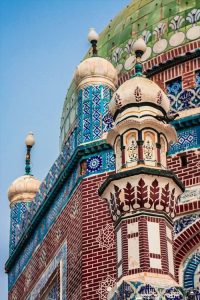
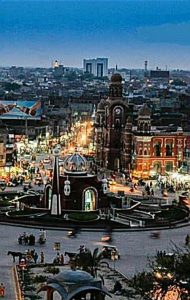
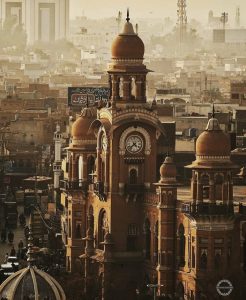
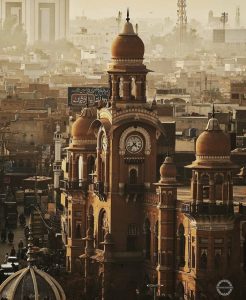
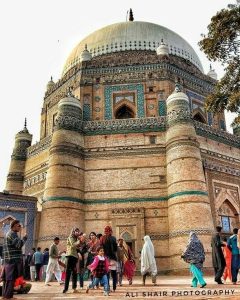
City of Saints: Multan, located in southern Punjab, is famous for its numerous Sufi shrines and rich Islamic heritage.
Key Attractions:
Shrines of Bahauddin Zakariya and Shah Rukn-e-Alam.
Multan Fort.
Significance: Multan is one of the oldest cities in the region and has been a center of spiritual and religious significance for centuries.
Faisalabad
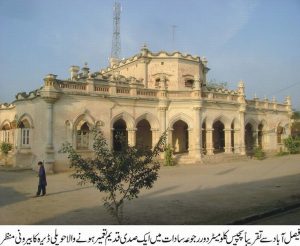
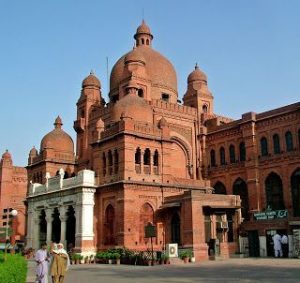
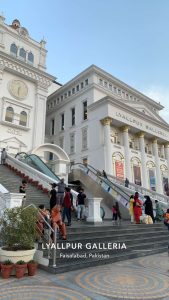
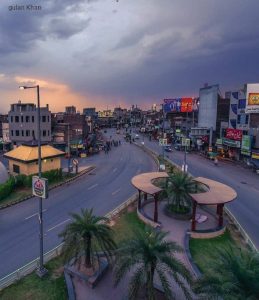
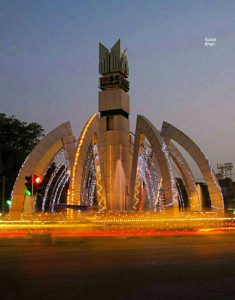
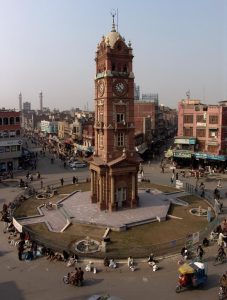
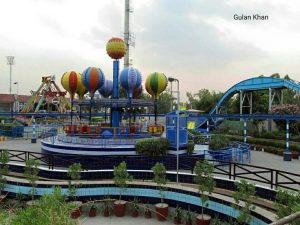
Industrial City: Faisalabad, formerly known as Lyallpur, is one of Pakistan’s most important industrial cities, especially known for its textile industry.
Key Attractions:
Clock Tower (Ghanta Ghar).
Jinnah Garden.
Significance: It is the third-largest city in Pakistan and plays a vital role in the country’s economy due to its industrial output, especially in textiles.
Sialkot


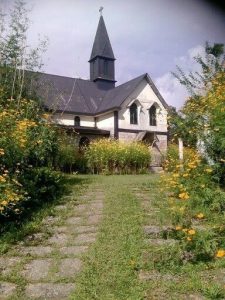
Export Hub: Sialkot is famous for its high-quality sports goods, particularly footballs, which are exported globally.
Key Attractions:
Iqbal Manzil, the birthplace of poet Allama Iqbal.
Sialkot Fort.
Significance: Sialkot is a major export center, known for producing sports goods, surgical instruments, and leather products.
Rawalpindi
Twin City of Islamabad: Often referred to as the twin city of Islamabad, Rawalpindi is an important military and commercial hub.
Key Attractions:
Ayub National Park.
Rawat Fort.
Significance: It houses the headquarters of the Pakistan Army and serves as a key transit point to northern Pakistan.
Gwadar
Strategic Port City: Gwadar, located on the southwestern coast of Balochistan, is being developed as a major deep-sea port under the China-Pakistan Economic Corridor (CPEC).
Key Attractions:
Gwadar Port.
Hammerhead rock formation.
Significance: Gwadar holds strategic importance for trade and economic development, especially for its potential to connect Pakistan with Central Asia, China, and the Middle East.
These cities reflect the diverse cultural, historical, and economic fabric of Pakistan, each contributing uniquely to the country’s identity.


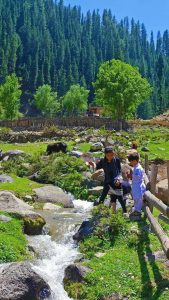
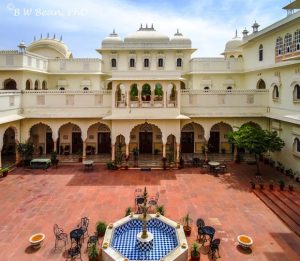
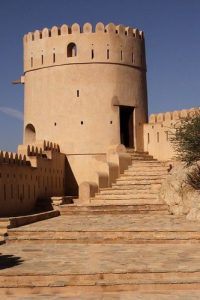
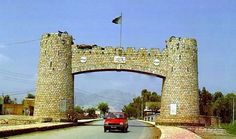
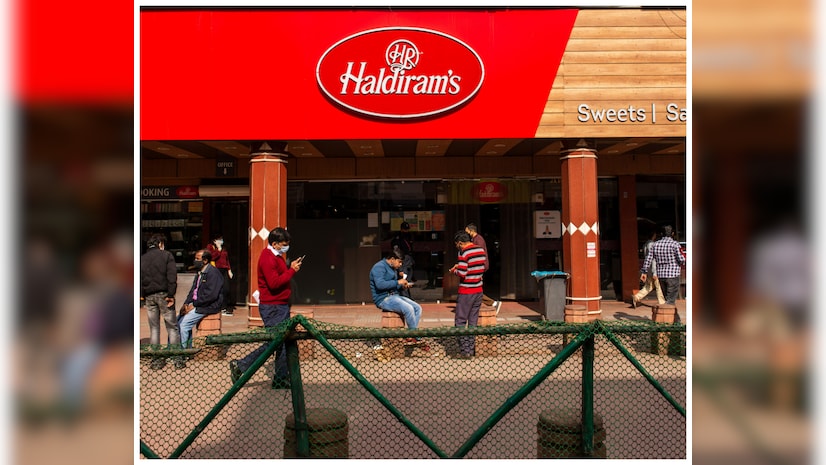



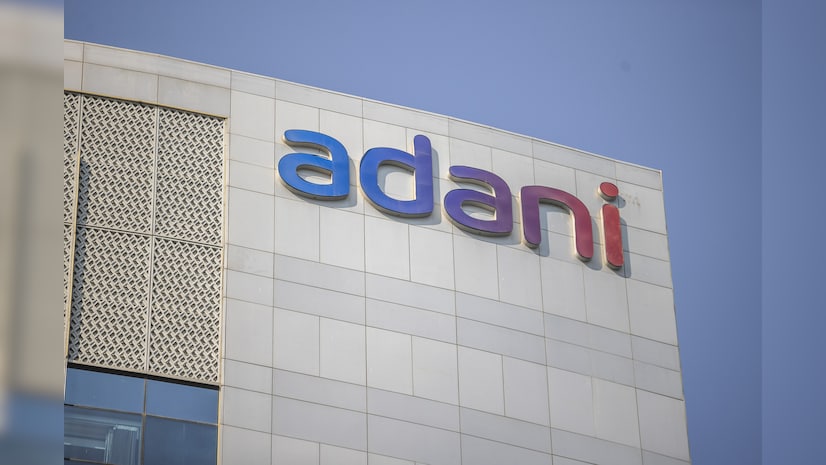
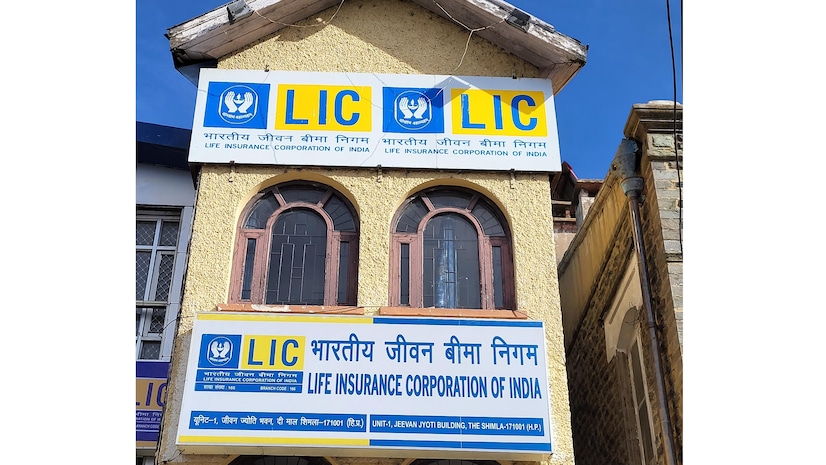
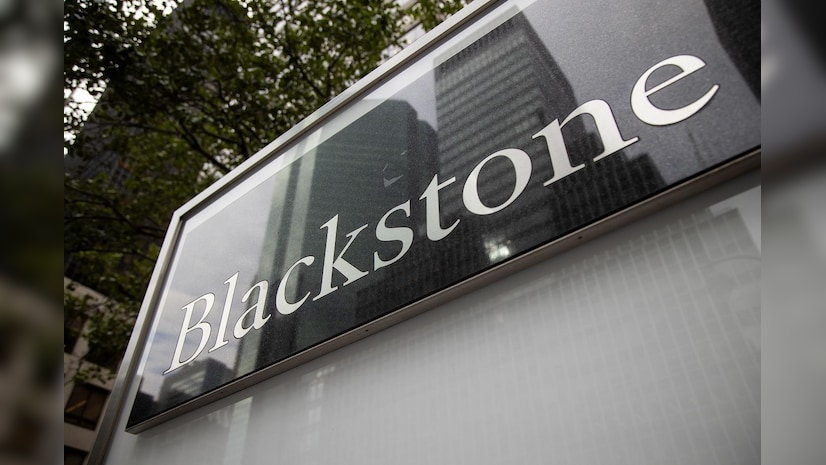
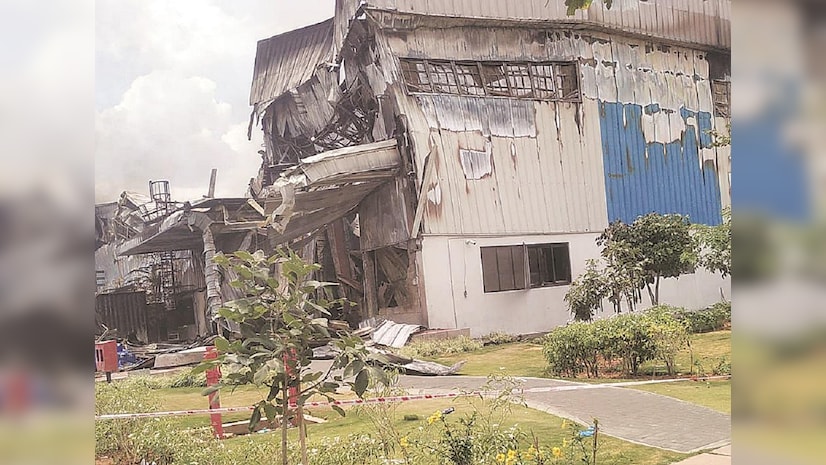
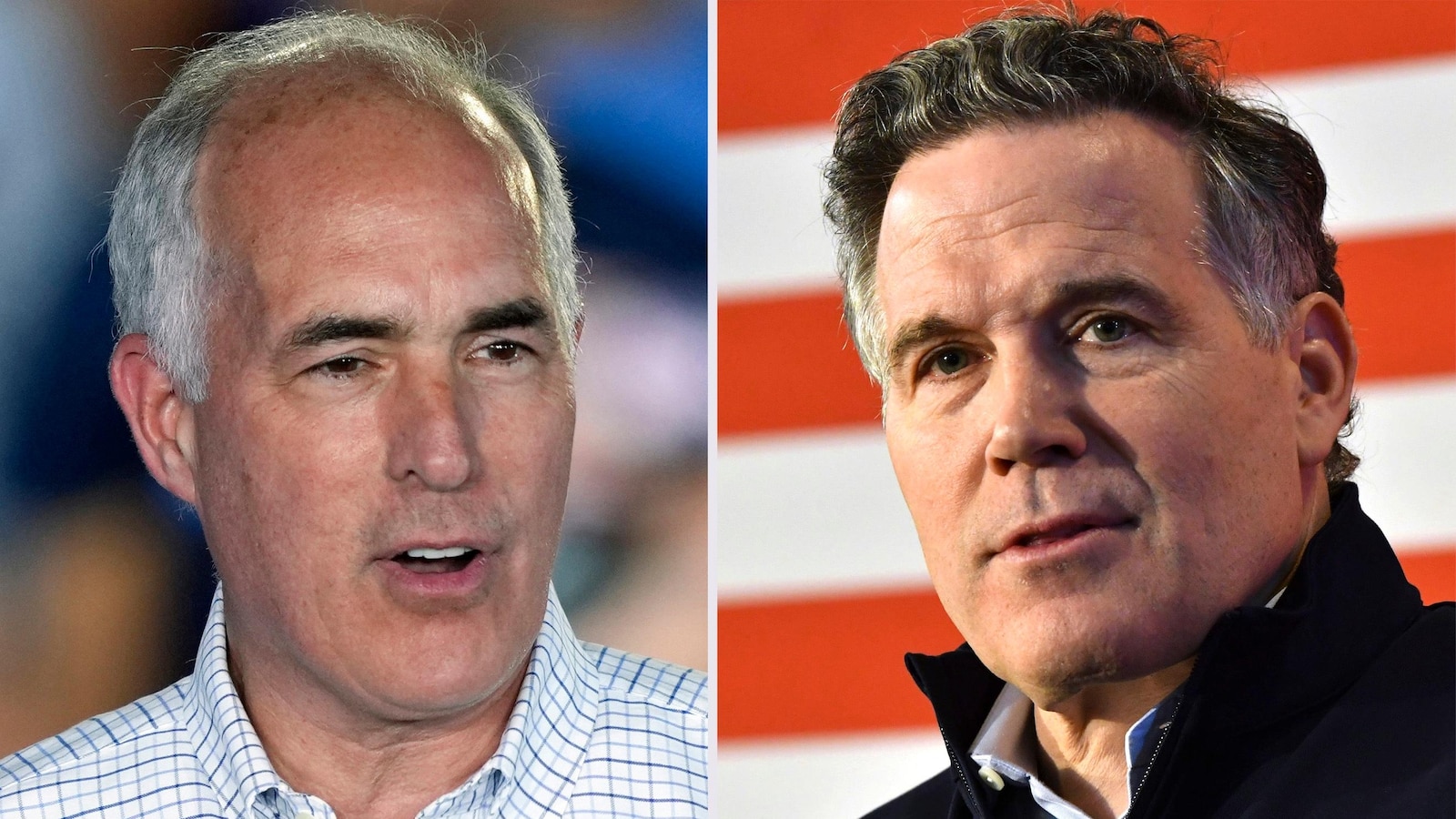
Leave a Reply